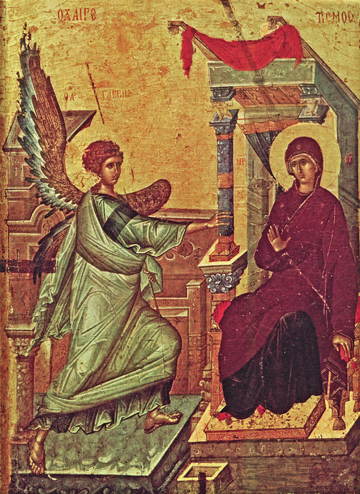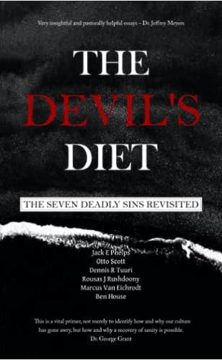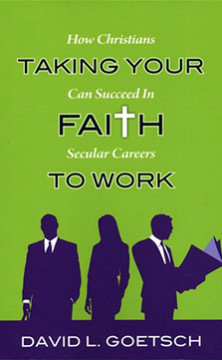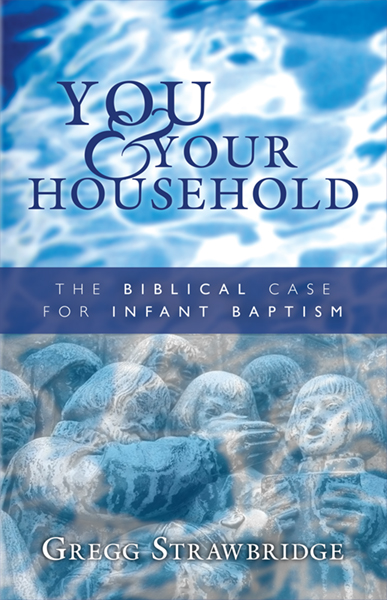“… Who was conceived by the Holy Spirit of the virgin Mary and was made man.” For centuries churches throughout the world have confessed this truth as a fundamental aspect of the Christian faith concerning Jesus Christ. This statement in the Nicene Creed summarizes what Luke records in Luke 1.26-38.
The virgin conception of Jesus takes center stage, you might say, in this passage. It is spoken of three times and is the literary center of the passage. Luke is drawing attention to it as a vital aspect of the gospel story. His emphasis on the virgin conception of Jesus tells us that everything Jesus will be and all that he will do hinges upon the truth of Mary’s virginity. This is not a sideline issue. It is integral to the gospel.
The story of the Messiah, the promised seed-son, must include this special conception. From the beginning God told us that his birth would be unusual. When God promised that he would defeat the serpent and his seed, it was said that it would be through the woman and her seed (Gen 3.15). That is unusual way to speak. The woman doesn’t have a “seed.” The man produces seed and gives it to the woman. The children born are his seed.
But the conception of the promised seed would have to be her seed; that is, a child conceived apart from a human father. Up to this point “miracle children” such as Isaac, though spectacular conceptions, were not the seed of the woman in the truest sense. They were all sons of fallen fathers. The seed of the woman, the one who would deal the death blow to the serpent’s seed, would have to be conceived in a different way.
Why? Because since the time of the fall of man, every son born through ordinary generation has been in the image of fallen Adam (cf. Gen 5.1ff.), and, thus, standing in need of salvation from sin’s corruption and guilt. If Jesus had been fathered by a son of Adam, he would have inherited the corruption of Adam. He would have been unclean.
The transmission of this uncleanness, this death is clear from the laws laid out in Leviticus 15. Emissions from the body, male or female, made that person unclean, anyone who came into contact with that person unclean, and just about anything that person touched unclean. Death spreads in the old creation, just like Paul says in Romans 5.12. Death resides in each of us and is exposed and passes to others through these emissions before the time of Christ.
In the ordinary process of conception, the male makes himself and the female unclean. He spreads the corruption of death. God’s people under law are reminded every time corruption takes place and they must go through cleansing rituals, that death reigns in the world. All of their offspring, all of their seed, are corrupted by death.
In order for Jesus to be the sacrifice for our sins, he himself couldn’t be just another one of us, corrupted by sin. He would have had to have had died for his own sins and could not have been our substitute.
The virgin conception of Jesus is vital to our salvation from sin. Because Jesus is not fathered by a son of Adam, he will not be in the corrupted image of Adam. He will be the image of his heavenly Father: without spot or blemish. As such he can be the lamb of God who takes away the sin of the world. If Jesus was not so conceived, then we are still in our sins.
As he is conceived, so we are conceived anew in him. The Holy Spirit abides in and continues to overshadow the virgin bride of Christ to conceive children who are new creation.
















